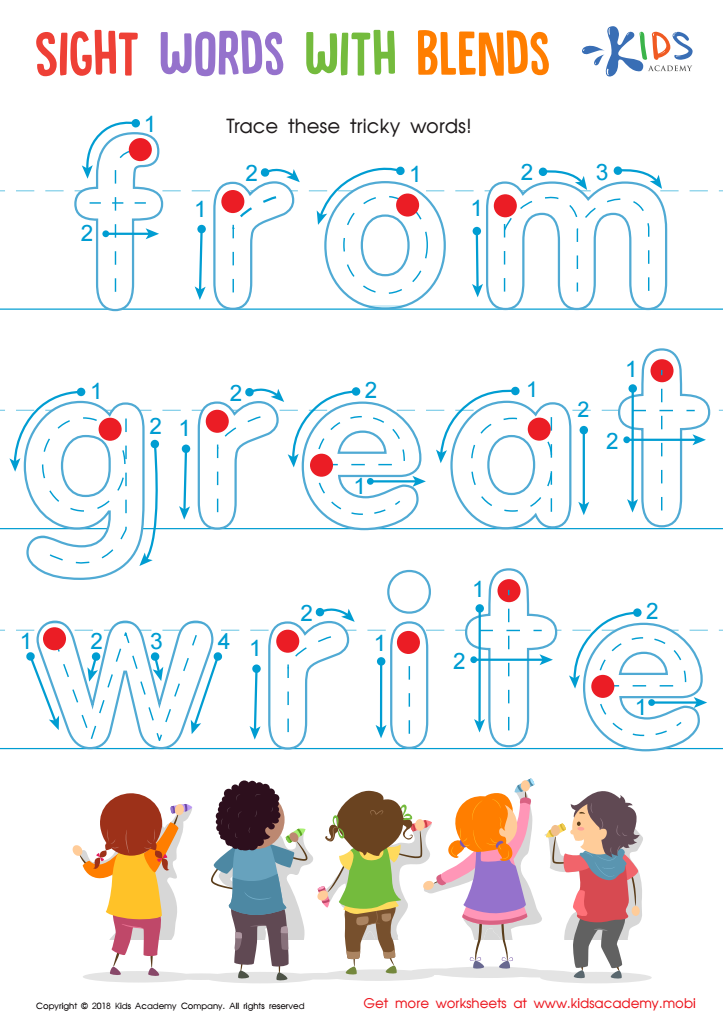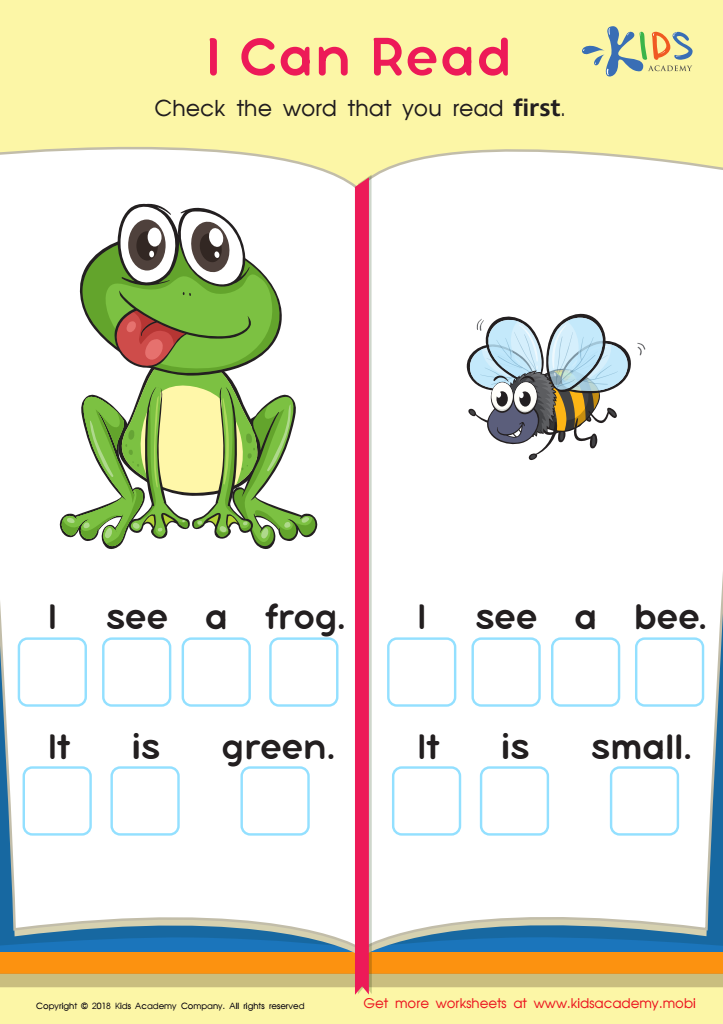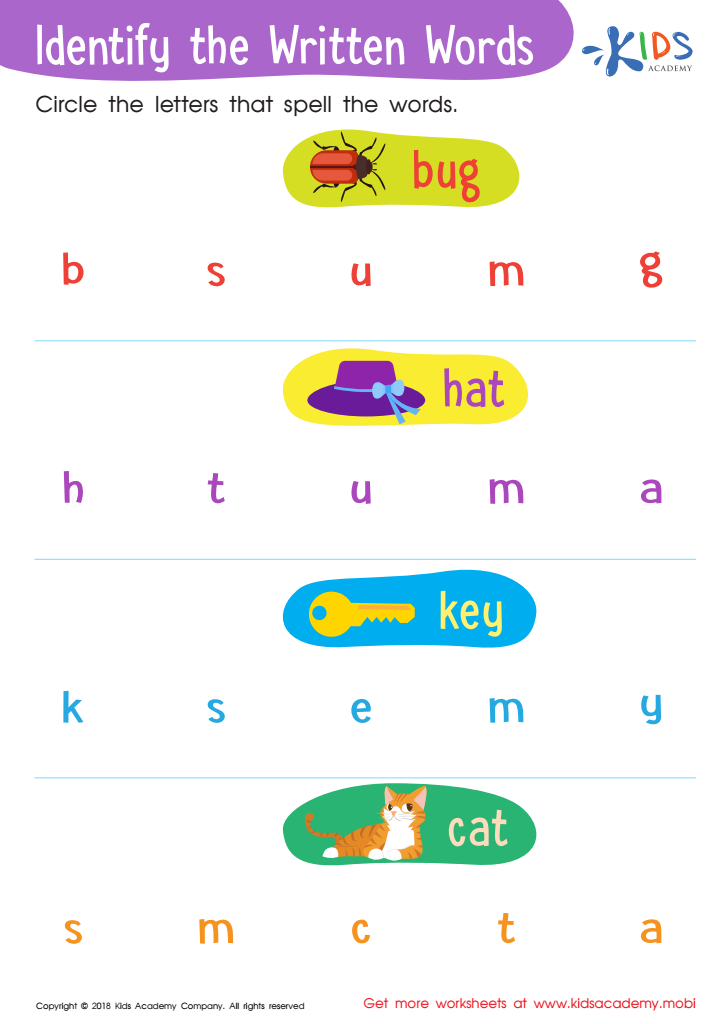Word Recognition Normal Letter Recognition Worksheets for Ages 3-7
3 filtered results
-
From - To
Boost your child’s reading skills with our Word Recognition Normal Letter Recognition Worksheets designed for ages 3-7. These engaging activities seamlessly blend fun and learning to help young readers identify letters and form fundamental connections with words. Each worksheet is crafted to develop attention to detail, promote critical thinking, and reinforce letter-sound associations. Perfect for preschool through first grade, these printables aid in mastering foundational language skills, setting the stage for future literacy success. Empower your early learners today with effective, educator-approved resources available at Kids Academy. Dive into interactive and impactful learning while making reading an enjoyable adventure!


Sight Words with Blends Worksheet


I Can Read Worksheet


Identify the Written Words Worksheet
Parents and teachers should prioritize word recognition and normal letter recognition for children aged 3-7 because these foundational skills are critical to early literacy development. At this age, children are in the optimal window for developing the abilities they will need to read fluently and proficiently. Recognizing letters and understanding that they represent specific sounds (phonemic awareness) enable children to decode words, a crucial step in learning to read.
Word recognition, which involves the ability to read words quickly and effortlessly, contributes to reading fluency. When children can recognize words automatically, they can focus on comprehending the text rather than expending cognitive resources on decoding each word. This fluency is essential for academic success, as it directly impacts a child's ability to understand and engage with increasingly complex texts.
Moreover, early literacy skills have a profound impact on a child's future learning trajectory. Strong readers are more likely to excel academically across various subjects, while children who struggle with these skills may face ongoing challenges in school. By supporting early word recognition and letter recognition, parents and teachers lay the groundwork for a lifelong love of reading and learning. Investing time in these areas during the formative years develops confident, competent readers who are ready to tackle the academic challenges ahead.

 Assign to My Students
Assign to My Students





















